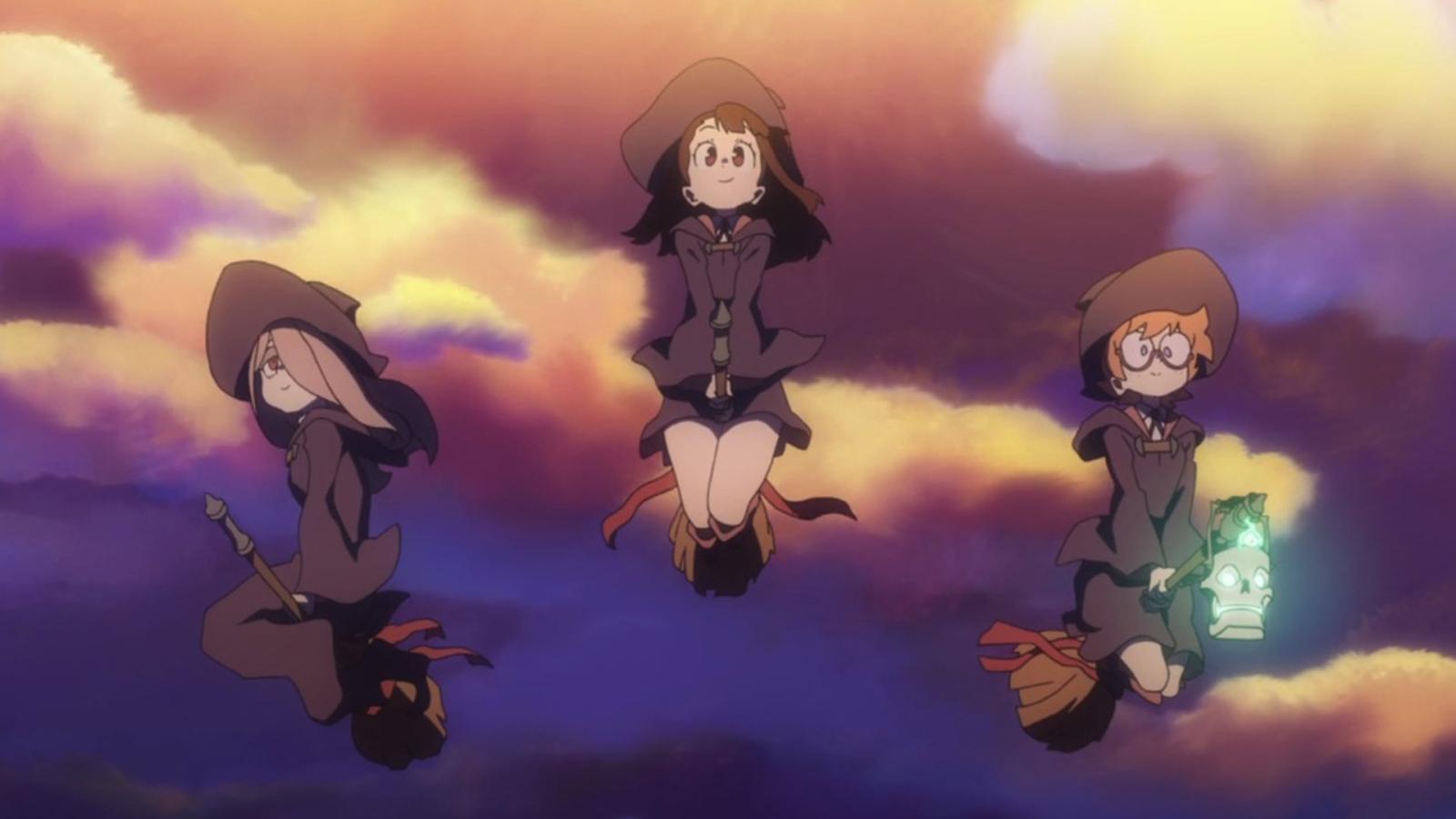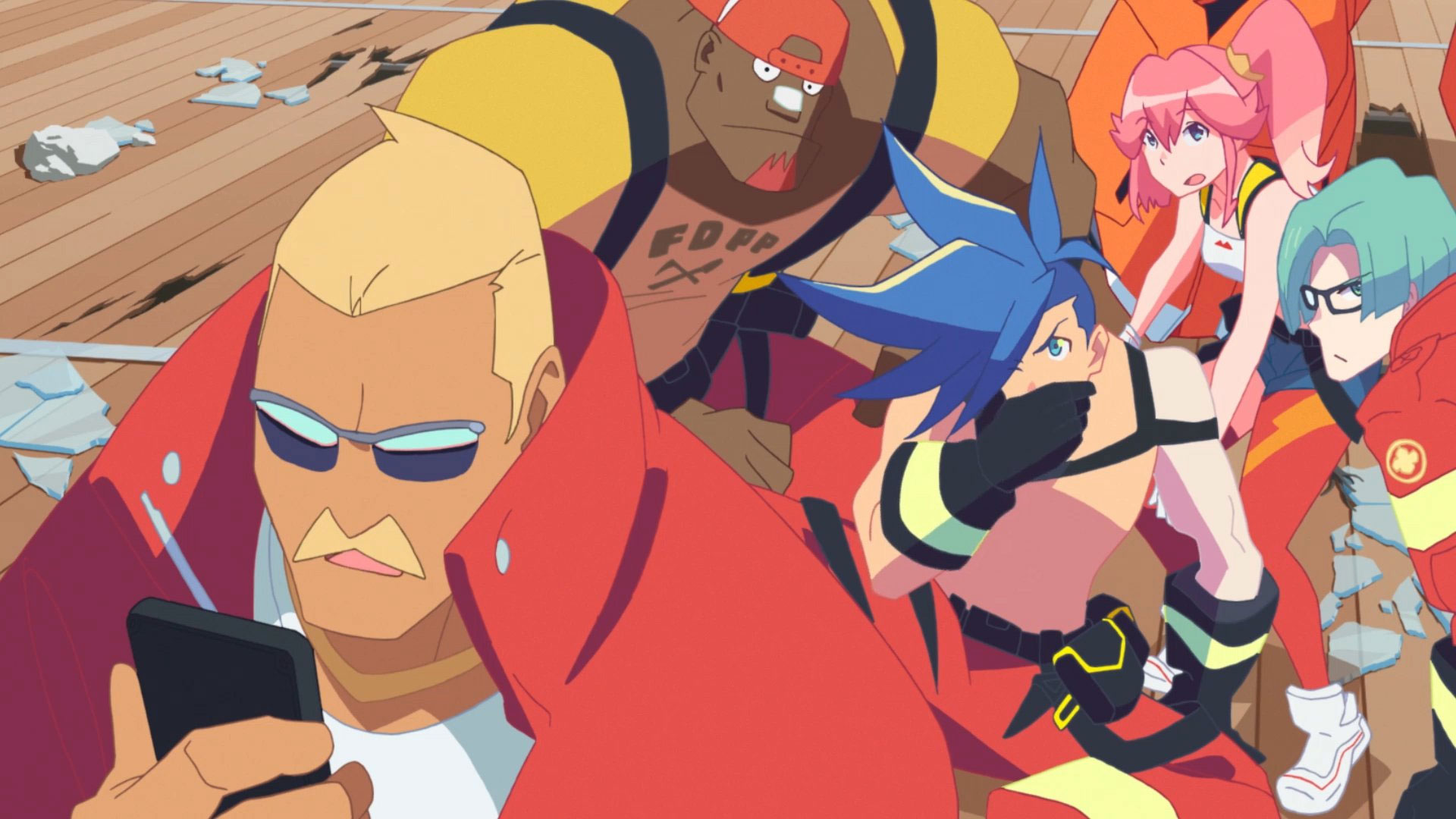Preserving the Gainax legacy on a worldwide scale.
One of the youngest of the famous anime studios, Trigger has already cemented its name in some halls of fame, producing banger after banger and always raising the bar for their production quality. There's a reason for that: it was created not by amateurs but by seasoned professionals with decades of experience behind them.
Studio Trigger was founded by animators and directors who previously worked at studio Gainax, one that produced Neon Genesis Evangelion, FLCL, and Panty and Stocking with Garterbelt. They didn't, however, have any executive personnel, so creative minds from Trigger at first partnered with the management from Super Ultra Pictures to create their debut works and aid other studios as contractors. Their first job as Studio Trigger was episode 17 of The Idolm@ster in 2011 — but their first full production was Kill la Kill, though you shouldn't shove away their 2012 ONA, Inferno Cop.
Their ONAs — series that were distributed online, not on the regular networks — are the things that built the studio's reputation due to being widely available not only for the local audience, but all over the world. There are some things that you can trace down to Gainax: overexaggerated movements in animation, action filled with characters' personalities that can rival some blockbusters in scale and epicness, all combined with the specific type of humor and storytelling, and they are present in all of Trigger's works.
This studio was largely promoted by its internet fans, whose support fueled its popularity and gave more weight to its name. They funded the full production of the whole movie Little Witch Academia on Kickstarter after the fans got enamored with a short animation on Anime Mirai in 2013 and demanded a full sequel to that story. The initial goal of $150,000 was surpassed within 5 hours, and the campaign ended with a whopping $625,518, allowing the studio to make the movie longer.
One of the main qualities of Trigger is how open they are in communicating with their fans and showing their love for different media. The staff openly talks about their love for games and Western animation, often referencing works from Disney, some Cartoon Network shows, and even live-actions — and it's visible in Little Witch Academia.

But not every release of the studio was a success. Some of their works, like When Supernatural Battles Became Commonplace or Ninja Slayer From Animation, weren't as wacky as Kill la Kill that preserved the Gainax's reputation. But their next work, Kiznaiver, showed that even in a dramatic setting without being over-the-top, Trigger can deliver something captivating and interesting.
One of Trigger's main strengths is that they are not afraid of experimenting with formats and approaches, willing to try things instead of going for the safest option. And this risk, combined with their experience and focus on the worldwide market, pays off.

